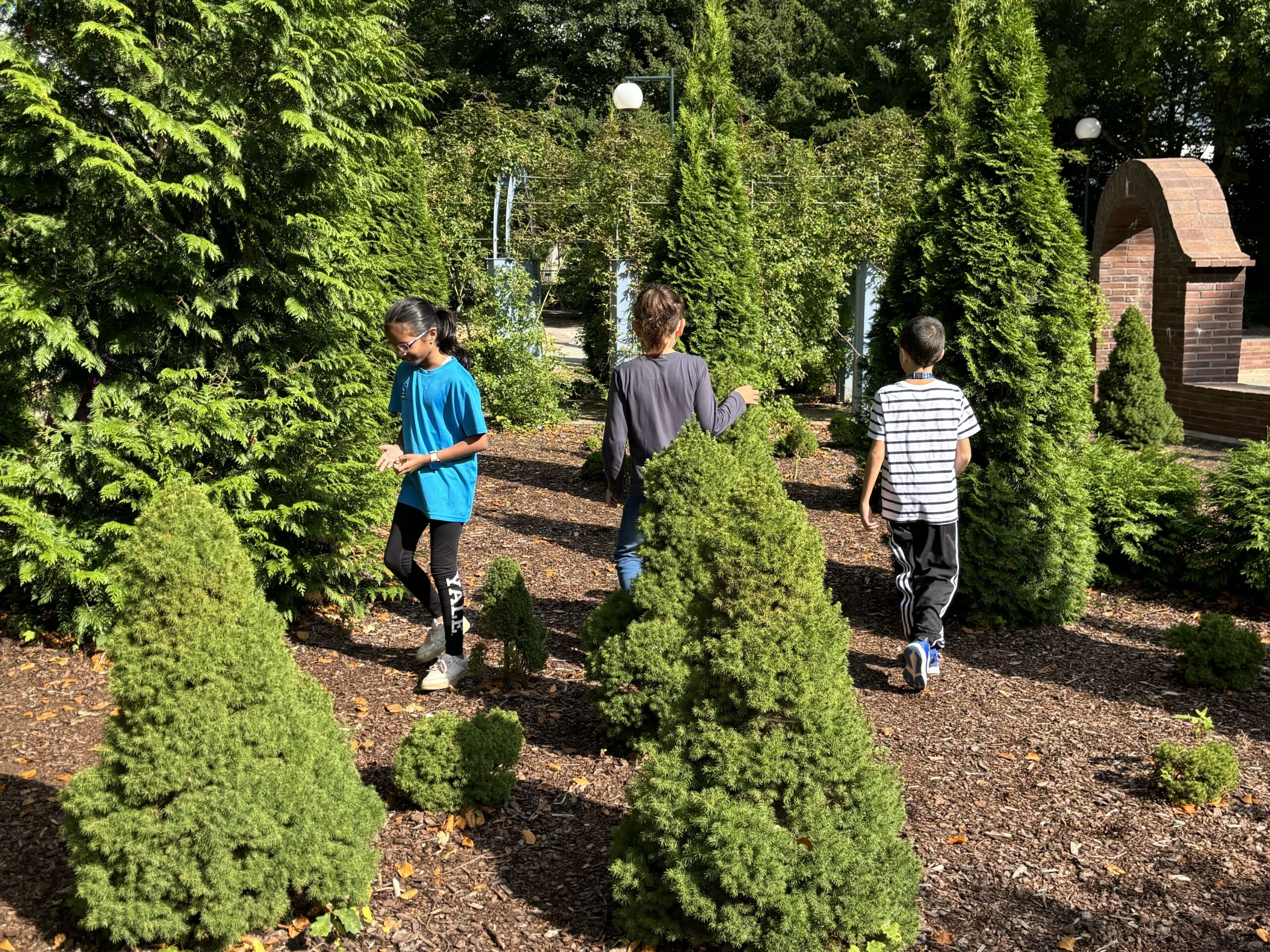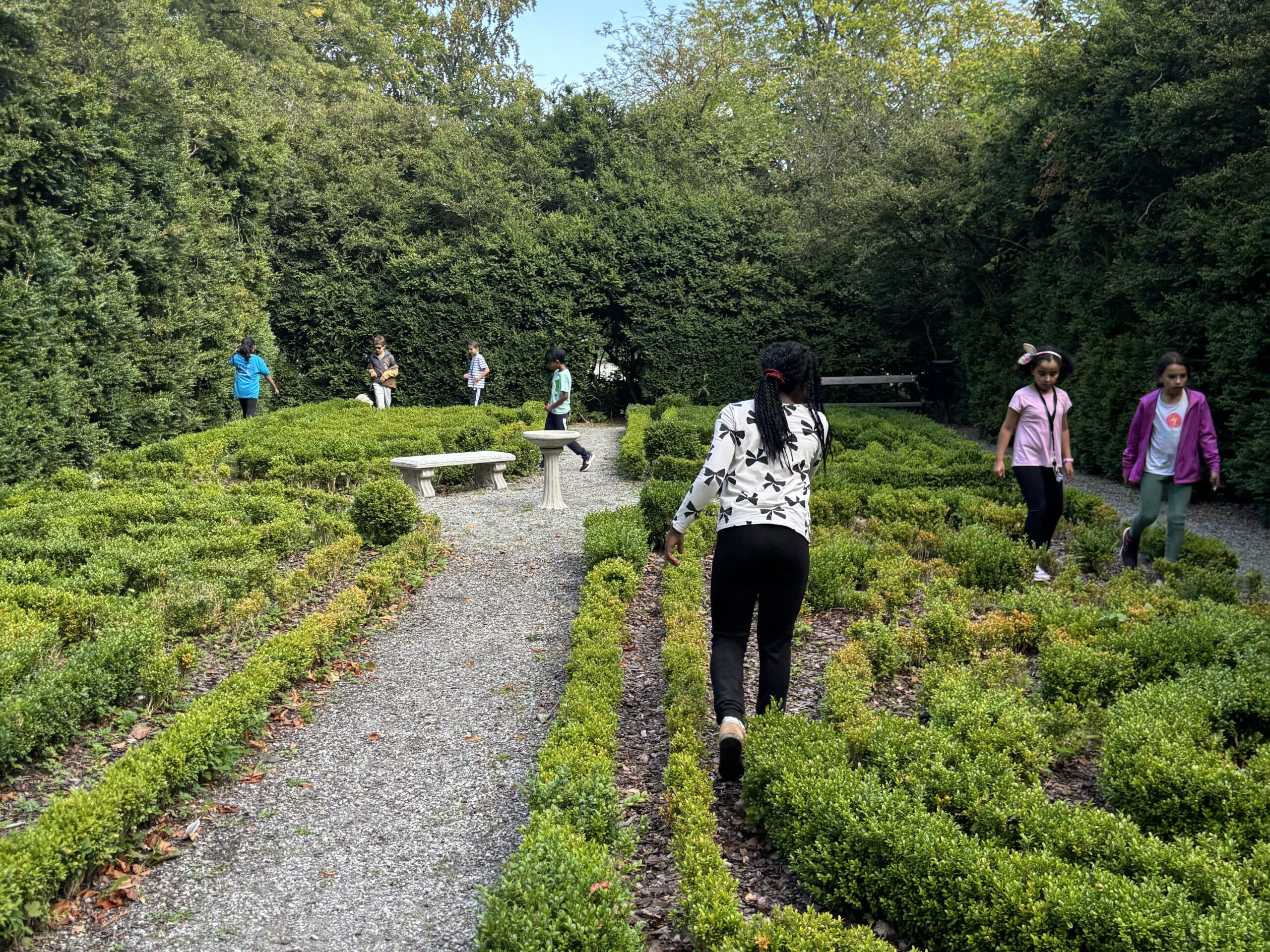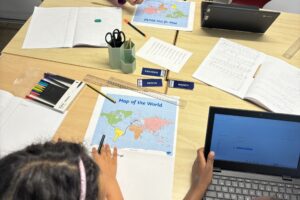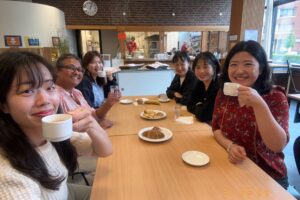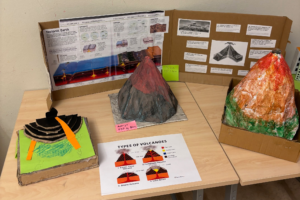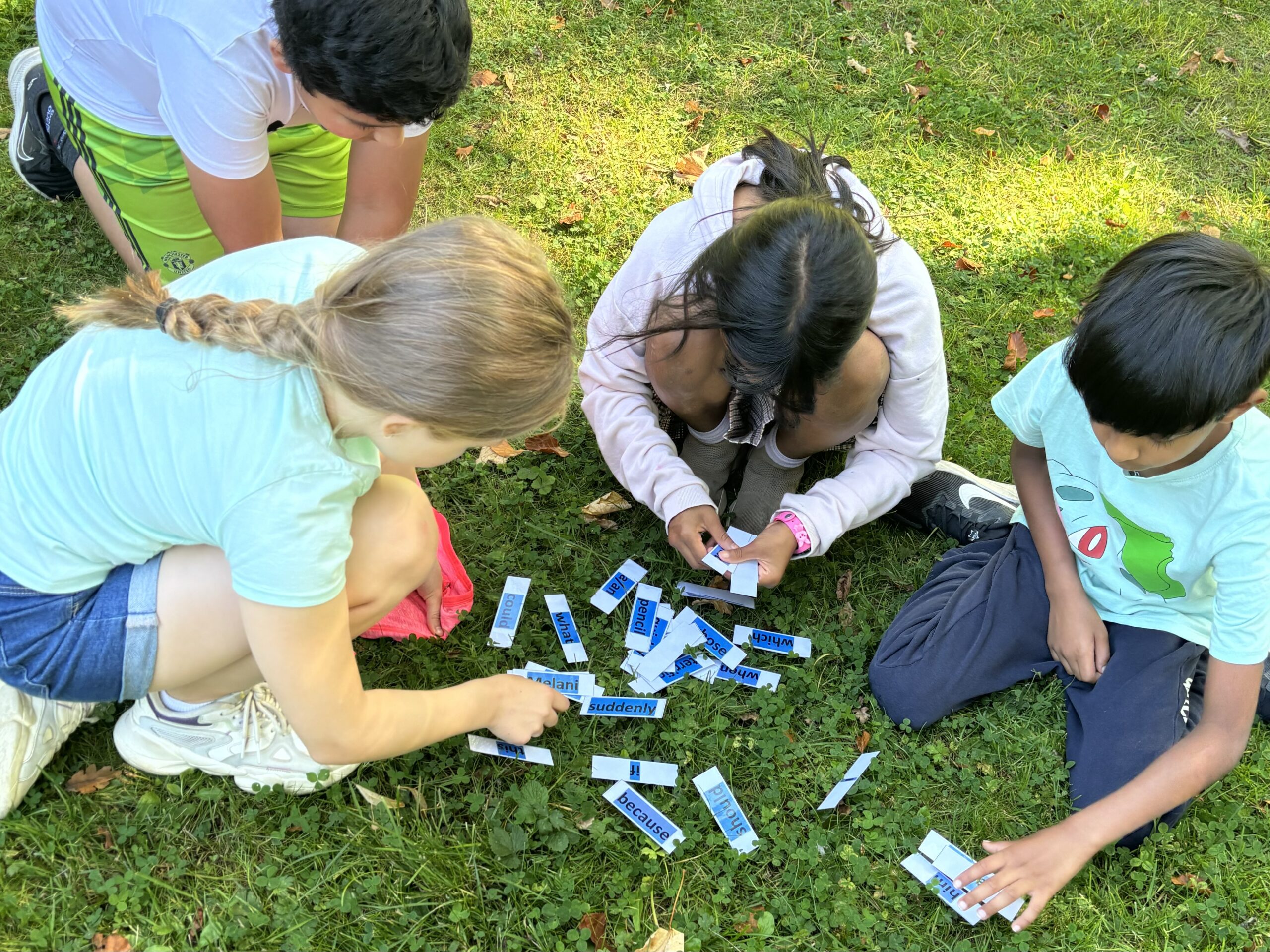
Exploring the New World of Grammar: A Year 5 Adventure
By Burcum Kesen
As part of our current unit on exploration, we took our students on an exciting journey where they became explorers discovering new lands and in the process, uncovered valuable “artifacts” that helped them sharpen their understanding of grammar.
The activity took place at Tunaparken near our school, where the students, divided into four groups (or “teams of explorers”), embarked on their mission to uncover hidden treasures—cards displaying various grammar concepts. These cards represented different “artifacts” waiting to be found. The students approached the activity with enthusiasm, imagining themselves as intrepid explorers setting foot in a mysterious New World.
Each group’s mission was simple yet engaging: find the hidden cards scattered around the park. However, these weren’t just any cards. Each one represented a word class, including nouns, adjectives, verbs, adverbs, prepositions, conjunctions, pronouns (including possessive pronouns), determiners and modal verbs. As the explorers discovered these artifacts, they were tasked with categorizing them, encouraging teamwork and critical thinking.
To add an extra layer of challenge, we didn’t explicitly tell the students how to categorize the cards. They had to figure this out as they went along, with guidance but minimal interference from us. By using clues and connecting what they already knew about word classes, each group eventually figured out that the cards could be grouped according to different parts of speech. The process of discovery helped deepen their understanding of these grammar concepts, as they had to actively engage with the material.
The park setting provided a perfect backdrop for this exploration-themed lesson. Surrounded by nature, the students’ imaginations ran wild as they uncovered each card as if it were a real artifact from an ancient civilization. The outdoor environment allowed for both physical activity and hands-on learning.
While the students were simply participating in a fun, exploratory game, the activity also served as a formative assessment tool. By observing how students interacted with the cards and grouped them into categories, we were able to assess their understanding of grammar concepts. This allowed us to gauge their prior knowledge and identify areas where they might need additional support.
In the end, the activity was a success on multiple levels. Not only did the students thoroughly enjoy pretending to be explorers, but they also demonstrated an impressive grasp of grammar by the end of the lesson. They learned in an interactive and enjoyable way, making connections between language and real-life exploration.
